The Evolutionary Path of Augmented Reality in Medical Advertising
In the dynamic landscape of advertising, where innovation is the catalyst for audience engagement, Augmented Reality (AR) has emerged as a transformative force, reshaping the medical advertising terrain. This article delves into the profound impact of AR on medical advertising, unraveling how it creates interactive and engaging brand experiences that transcend traditional marketing boundaries as well as its evident boundless opportunities.
The AR Renaissance: Redefining Advertising Dynamics
Augmented Reality, once confined to the realms of gaming and entertainment, has transcended its initial boundaries to become a powerhouse in the advertising domain. In medical advertising, AR functions as a catalyst for elevating brand communication, offering immersive experiences that captivate audiences in unprecedented ways.
1. Visualizing Medical Concepts: A 3D Revolution
AR introduces a 3D revolution in medical advertising, allowing audiences to visualize complex medical concepts with unparalleled clarity. From anatomical structures to pharmaceutical mechanisms, AR overlays digital information onto the real world, creating interactive and educational experiences. Brands can leverage this capability to communicate intricate medical details in a visually compelling manner, fostering deeper understanding and engagement.
2. Interactive Product Showcases: Beyond Traditional Displays
AR transcends traditional product displays by transforming them into interactive showcases. Medical devices, pharmaceutical products, and healthcare solutions can be brought to life through AR, allowing audiences to interact with virtual models in real-time. This interactive dimension not only enhances product understanding but also creates memorable and engaging brand experiences.
Personalized Health Engagement: AR in Patient Education
AR's potential extends beyond traditional advertising to revolutionize patient education. In the medical realm, informed patients are empowered patients, and AR becomes a tool for personalized health engagement.
1. Disease Awareness Campaigns: An Immersive Narrative
AR enables the creation of immersive disease awareness campaigns. Brands can develop AR experiences that simulate the impact of medical conditions, providing users with a firsthand perspective. This immersive narrative not only raises awareness but also fosters empathy, making medical information more relatable and accessible.
2. Medication Guidance: Real-Time Information Overlay
AR offers real-time information overlay for medication guidance. Patients can use AR applications to receive visual instructions on proper medication administration, potential side effects, and adherence tips. This personalized approach enhances patient education, contributing to better treatment outcomes.
The AR Advantage in Patient-Physician Communication
In the evolving landscape of healthcare, effective patient-physician communication is paramount. AR becomes a tool that bridges communication gaps and enhances the exchange of medical information.
1. Visualizing Treatment Options: Informed Decision-Making
AR empowers patients to visualize treatment options in a comprehensive and interactive manner. Physicians can use AR to illustrate surgical procedures, medical interventions, and potential outcomes. This visual aid facilitates informed decision-making, ensuring that patients have a clearer understanding of their healthcare journey.
2. Medical Training Simulations: Advancing Physician Expertise
AR extends its impact to medical professionals through training simulations. Surgeons, in particular, can benefit from AR-assisted simulations that replicate surgical procedures. This immersive training enhances the expertise of healthcare professionals, contributing to advancements in medical practices.
Measuring Engagement Metrics in AR Campaigns
As brands embrace AR in medical advertising, measuring the effectiveness of these campaigns requires a nuanced approach. Engagement metrics go beyond traditional metrics to capture the immersive and interactive nature of AR experiences.
1. Interaction Time: Gauging User Engagement
Tracking the time users spend interacting with AR content provides valuable insights into engagement levels. Longer interaction times indicate a more immersive and captivating experience, reflecting the effectiveness of the AR campaign.
2. User Feedback and Interaction Patterns: Iterative Optimization
AR campaigns allow for real-time user feedback and data on interaction patterns. Brands can analyze this data to iteratively optimize their AR experiences, ensuring that subsequent campaigns align with audience preferences and expectations.
Looking Ahead: AR as a Catalyst for Medical Advancements
As AR continues to redefine the landscape of medical advertising, the future holds promise for groundbreaking advancements. AR's role in medical education, patient engagement, and physician communication is poised to catalyze transformative changes, contributing to a more informed, engaged, and empowered healthcare ecosystem.
1. Enhanced Telemedicine Experiences: Bridging Distance Gaps
AR has the potential to enhance telemedicine experiences by providing immersive visualizations during virtual consultations. This innovation bridges the distance gap between patients and healthcare professionals, creating a more personalized and effective remote healthcare experience.
2. Collaborative Medical Research: AR in Scientific Exploration
AR can play a pivotal role in collaborative medical research. By creating virtual models for scientific exploration, researchers and scientists can collaborate in real-time, advancing medical knowledge and contributing to breakthroughs in healthcare.
In Conclusion: AR's Transformative Impact on Medical Advertising
The integration of Augmented Reality into medical advertising marks a transformative juncture in the industry. AR's ability to create immersive, interactive, and educational brand experiences revolutionizes how medical concepts are communicated and how patients engage with healthcare information. As the boundaries between the physical and virtual worlds blur, the impact of AR on medical advertising becomes not just a trend but a catalyst for a more informed, engaged, and empowered healthcare landscape. The future of medical advertising is illuminated by the strategic brilliance of AR, unlocking new dimensions in communication, education, and patient-centric care.

